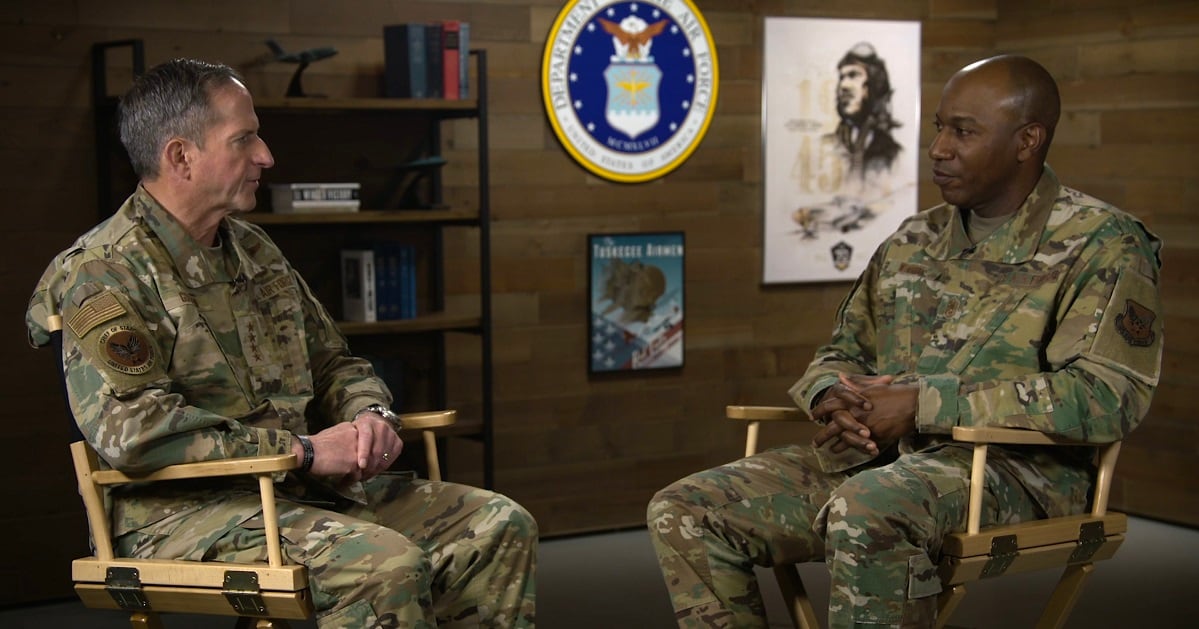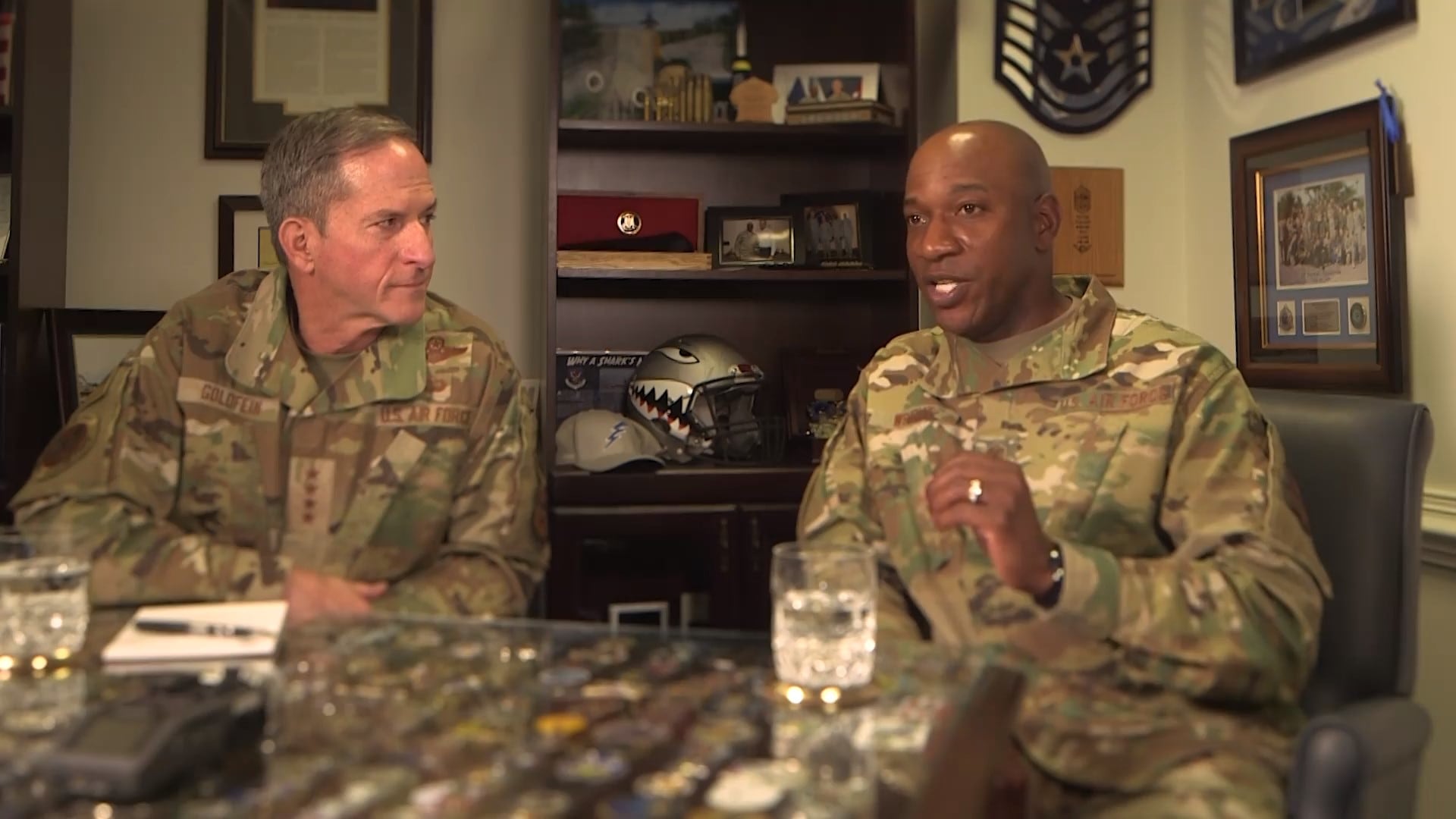How open and unfiltered is the dialogue in relation to racial disparities in the U.S. Air Force?
I recently completed the Independent Racial Disparity Review conducted by the Air Force Inspector General. The intention of the review seemed amicable, the layout was concise and the questions were straightforward. However, after I completed the first few questions of the review, I found it evident that the pathology (institutional racial disparity) and the etiology (white airmen with fiduciary or supervisory roles) were both predetermined, leading to the main thrust of the investigation: to elicit the severity of the pathology in order to suggest and then presumably institute a commensurate therapy.
As a point of clarification, it is helpful to contrast the methodology of the IG review with a general, broadly prescribed approach to scientific investigation of a proposed hypothesis.
In the case of the IG review the pre-confirmed hypothesis is that the Air Force has systemic racial bias against Black airmen in the category of career advancement and military discipline.
RELATED

The explicit starting point of a baseline affirmation of this hypothesis — without allowing the entry of a null hypothesis (i.e., that there exists an insignificant amount of racial bias against Black airmen) will limit the ability of this review to provide meaningful empirical data.
The essential role of a null hypothesis in thoughtful investigation is to preclude the investigators and the subject participants from two fundamental, yet natural, mental obstacles to ascertaining truth: confirmation bias and fundamental attribution error. The first enhances the tendency to search for, interpret, focus on, and remember information in a way that confirms one’s preconception. The second is even more insidious and describes a fallacy in which the participant ascribes fundamental or inherent deficiencies to the subject rather than to the situational context that might also be at work.
RELATED

The null hypothesis effectively allows for the entry of counter-factuals into the dialogue, and it is only in this context that an investigation or a dialogue can be considered “open.” Inquisitive thought that directly opposes the prevailing narrative must be both allowed and encouraged so that objective truth can be more fully realized.
With that in mind, I would like to offer some additional lines of inquiry that might adjudicate or detract from the proposed hypothesis of the IG review. I hope that the IG review will provide quantitative data that will provide needed clarity to the following questions:
♦ Considering the declaration of disproportional levels of disciplinary action towards Black airmen, is there a notable difference between genders? If so, is it possible there are other prevailing factors besides race?
♦ If the discipline toward Black airmen is executed by a Black supervisor, does that still fall in the inclusion criteria? No distinction is made in the IG review questions.
♦ Does the rate of disproportionate Black discipline predominate in certain career fields? If so, what are the other instigating factors?
♦ What are the differences in Black airmen being disproportionately disciplined within the enlisted versus officer category?
Probably the most important numerical qualifier for this type of investigation: At what rate are Black airmen violating Uniform Code of Military Justice statutes subsequently being rendered adversarial punitive judgments?
Considering the propensity in which the disclaimer of open, honest and frank dialogue in the context of race relations has been vocalized, it would behoove us to employ basic investigative methods that will intentionally allow competing (i.e., null hypothesis) voices to be expressed and heard. Otherwise, considering the voluntary nature of the review, it will limit the inclusion of the full spectrum of experiences and perspectives from all of our military members.
After all, anecdotal experiences, even if widely publicized, do not conclusively indicate a systemic issue.
Lt. Col. Tibebu M. Tsegga is an active-duty Air Force officer in the San Antonio Military Health System. The opinions expressed are those of the author and do not represent the official views of the Air Force, the Department of Defense or Air Force Times. If you would like to respond, or have another commentary about the Air Force you would like to submit, contact the editor, Kent Miller, kmiller@airforcetimes.com.





